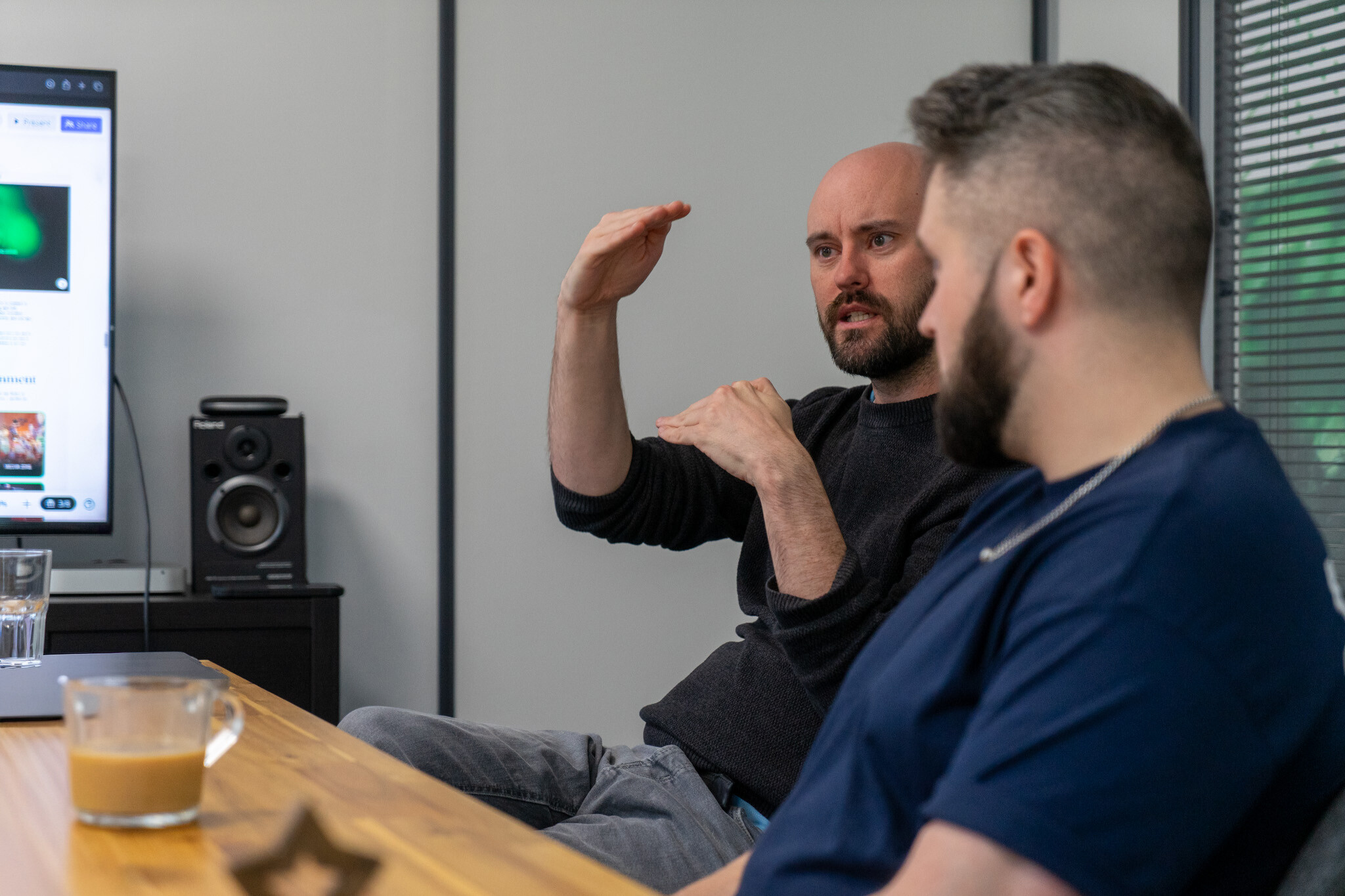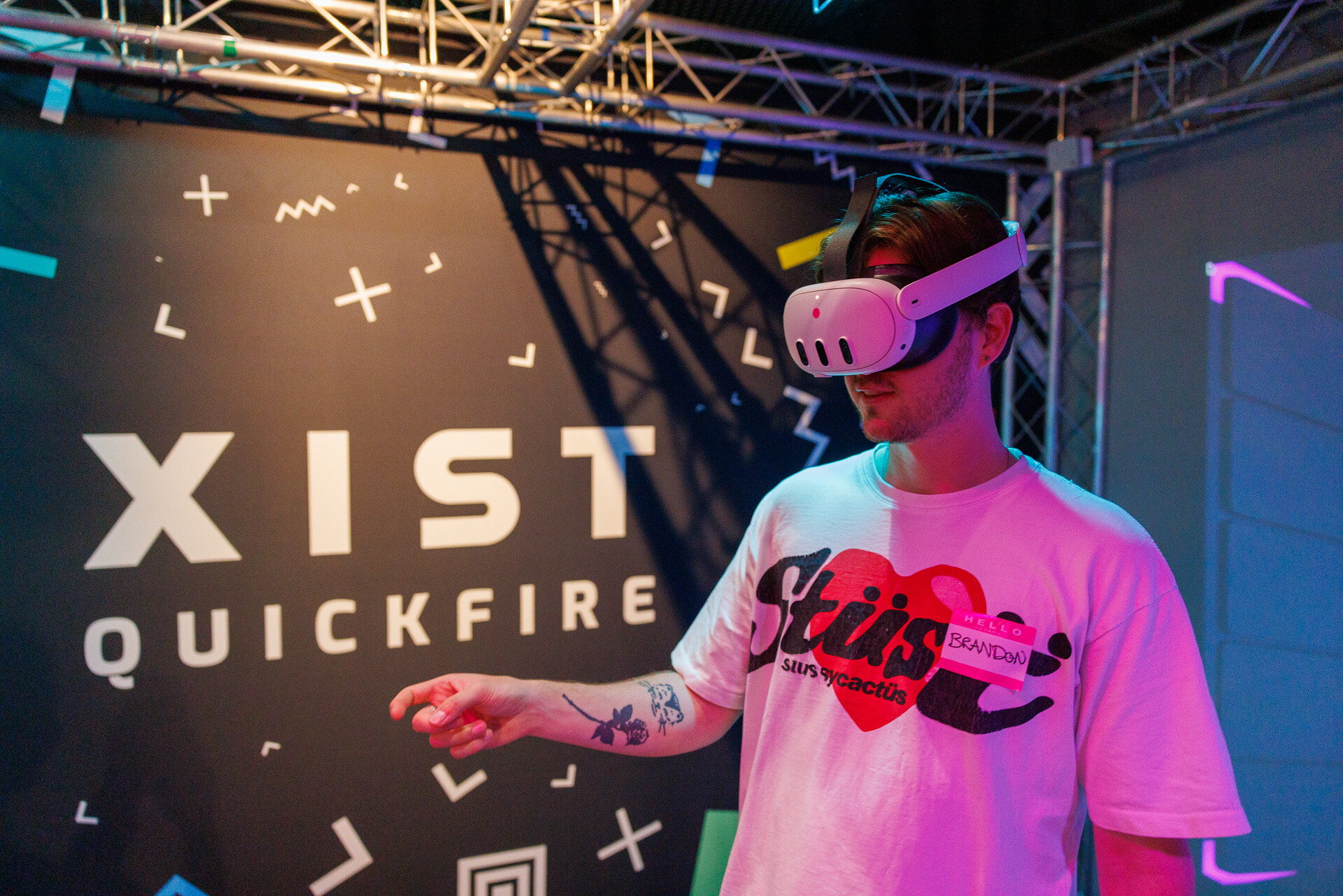Knowledge Base
23rd July 2025
Preserving Culture Through Immersive Technology: How VR and Digital Twins Are Transforming Heritage
From ancient ruins to contemporary galleries, immersive technology is reshaping how we preserve and share our cultural heritage. Museums, heritage sites, and educational institutions are embracing tools like photogrammetry, virtual reality (VR), augmented reality (AR), and digital twins to create lasting, accessible records that don’t just document history – they bring it to life.
These digital innovations do more than replicate; they protect. Fragile sites, artworks, and personal stories that are vulnerable to time, conflict, or climate change can now be captured and preserved in stunning detail. Interactive elements like 3D models, hotspots, and virtual walkthroughs add layers of meaning and engagement, turning passive observation into active exploration. And with their spatial, immersive nature, these tools resonate deeply with younger, tech-native audiences, keeping cultural stories relevant, interactive, and impactful for generations to come.
However, digital preservation isn’t without its challenges. There are technical complexities and production costs that can be challenging for smaller institutions. Maintaining authenticity is vital - digital reconstructions must remain respectful and historically accurate, yet tight budgets could make this even more challenging. And as immersive archives become part of our collective memory, they must be maintained with the same long-term care and strategic planning as physical collections.
Here are some powerful examples of projects we’ve had the privilege of working on, which show how immersive technologies are supporting education, engagement, and preservation around the world:
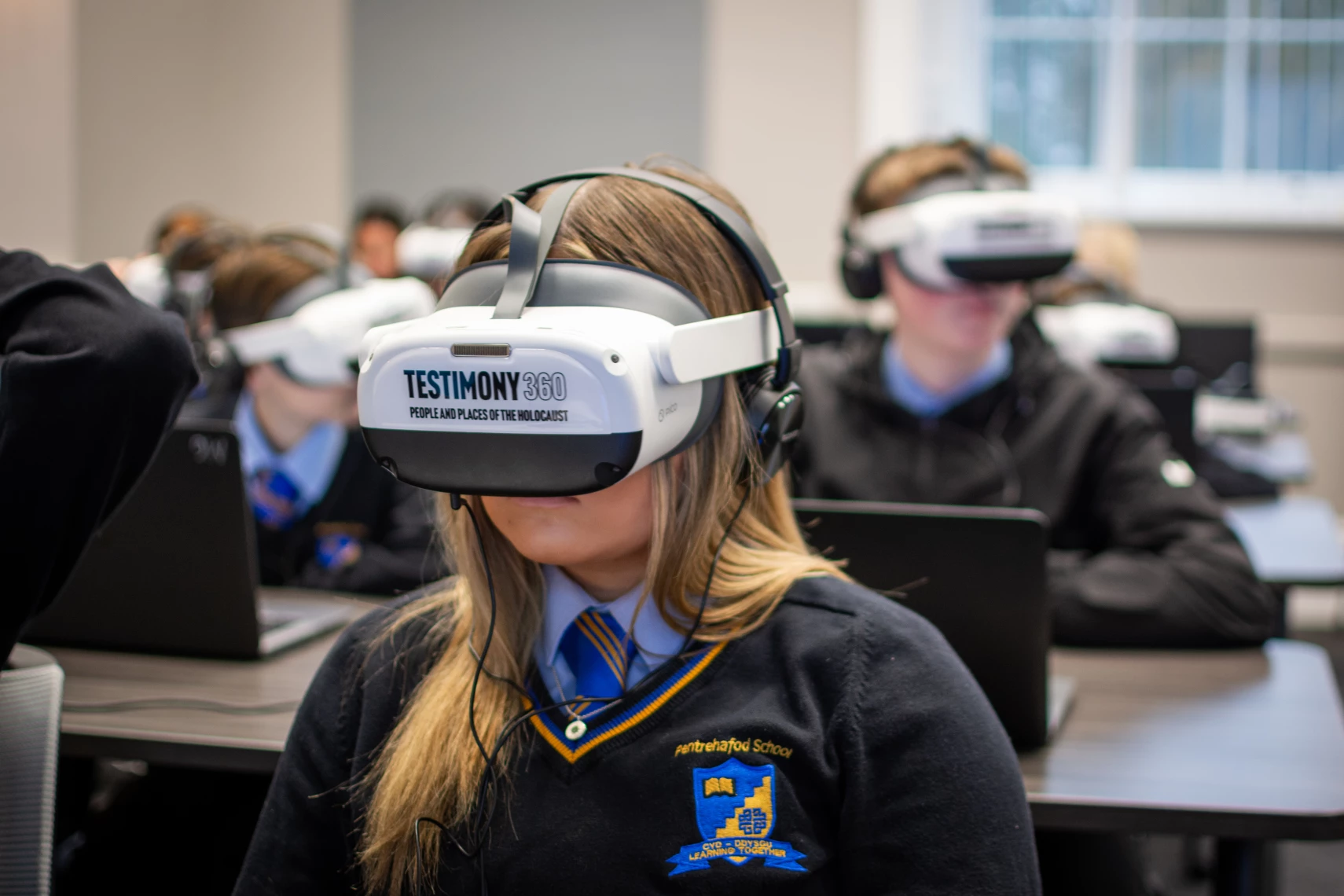
Testimony 360 is sponsored by The Eyal & Marilyn Ofer Family Foundation in partnership with the Holocaust Educational Trust and the USC Shoah Foundation.
Testimony360: Preserving Holocaust Testimonies in VR
To ensure the profound stories of Holocaust survivors continue to resonate with future generations, we collaborated closely with Holocaust Educational Trust to create Testimony360 – an immersive, interactive archive of survivor testimonies and artefacts. Focused on faithfully preserving the experiences of two Holocaust survivors, Manfred and Susan, this project enables users to step into recreated environments and hear firsthand accounts in a format that resonates with younger, tech-savvy audiences thanks to the use of VR and photogrammetry.
We were honoured to learn that the project won the 2025 Charity Awards in the Education and Training category – a recognition that underscores the power of immersive storytelling to preserve voices that might otherwise be lost. Testimony360 stands as a compelling example of how emerging technologies can make history accessible, meaningful, and unforgettable.
The Hall of Remembrance: A Lost Memorial Reimagined
Commissioned at the end of World War I, the Hall of Remembrance was designed to honour the fallen through art. But the building was never constructed – until now. Using original architectural sketches and plans, our team of artists and modellers digitally reconstructed the Hall as a 360° virtual experience.
This immersive reimagining allows global audiences to explore a space that never physically existed, learning more about the paintings that were never actually displayed in their intended environment. It’s a striking example of how virtual storytelling can reclaim and revive lost heritage, making it accessible regardless of location or physical limitations.
Digital Storytelling: Exploring Heritage through Augmented Reality
As part of a rejuvenation project at Ness Point, the UK’s most easterly location, we worked closely with East Suffolk Council to create an augmented reality app that transformed the area into a rich, interactive journey through Lowestoft’s past.
Through 3D scenes, animated stories, and voice-narrated content triggered via interpretation boards, visitors could explore the town’s maritime history, experience its heritage, and connect with the landscape – all through a simple app on their phone. The app demonstrated the power of augmented reality to turn public spaces into living history lessons.
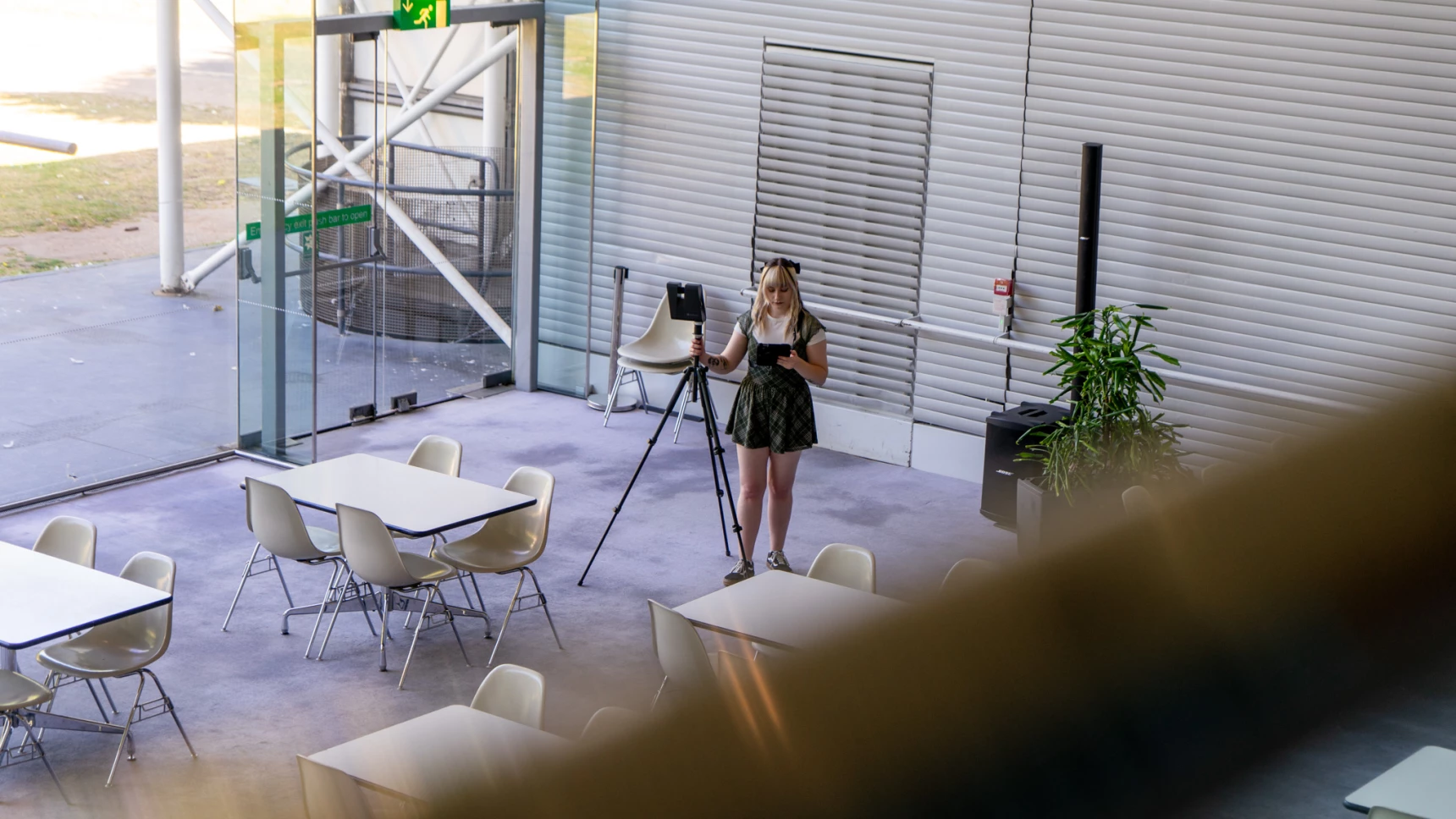
The Art of Archiving: From Gallery to Global Access
Immersive technology is also transforming how cultural institutions preserve and share their collections. At the Sainsbury Centre at the University of East Anglia, we used Matterport 3D scanning to archive exhibitions in rich digital detail – extending their educational reach beyond the gallery and future-proofing world-class collections.
We also applied the same technology at Kadi Kalesi, a historic archaeological site in Turkey. Now preserved as a digital twin, the site can be explored in high fidelity from anywhere in the world, supporting archaeological research, education, and global accessibility.
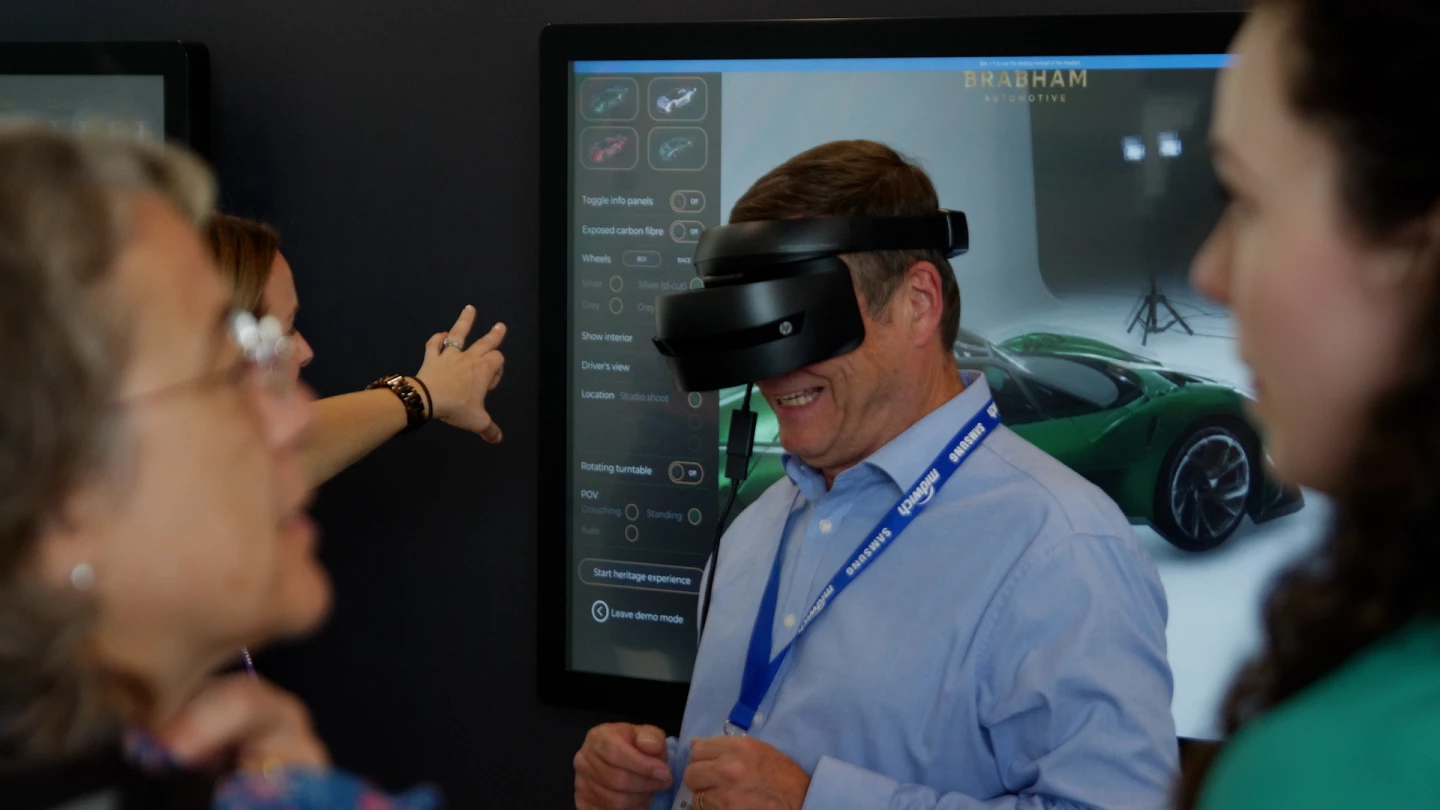
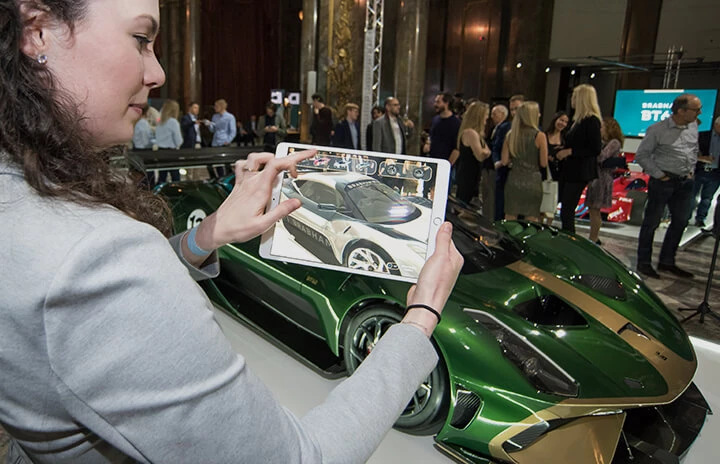

Project Brabham: Reviving Racing Heritage in VR
Looking beyond heritage institutions, we use immersive innovation to bring legacy brands to life. For the launch of its BT62 hypercar, we created a VR experience for Brabham Automotive to transport guests to a virtual Grand Prix pit garage. There, visitors could stand beside the iconic F1 car that inspired the BT62’s design – a moment impossible to recreate in a traditional event space.
This high-impact experience allowed guests to connect emotionally with Brabham’s storied racing legacy, blending cutting-edge technology with deep brand storytelling.
What’s Next: The Future of Digital Preservation
Immersive preservation is evolving fast, and we’re embracing new technologies to push its boundaries. AI now helps us reconstruct lost details and generate realistic environments from incomplete data. Mixed Reality (MR) lets us blend physical and digital sites, while shared virtual spaces allow people across the globe to explore together in real-time.
These advancements open up new opportunities for collaborative, interdisciplinary storytelling, where historians, technologists, curators, and communities co-create experiences that are rich, accurate, and accessible. And this is just the beginning.
From digitising collections to recreating lost spaces, immersive tools are helping us do more than just document the past – they invite people to step inside it.
Let's Protect Culture, Together
Ready to explore what’s possible? If you’ve got a slice of history you want to preserve or a story you want to bring to life, we’re here to help. From virtual archives to interactive exhibitions, we’ll work with you to make your preservation goals a reality.
